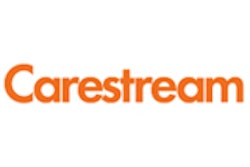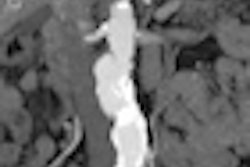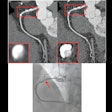While medical imaging has greatly facilitated the task of evaluating the efficacy of cancer treatment by allowing radiologists to visually interpret and manually measure a patient's individual lesions, even a small miscalculation can significantly affect final assessment, said presenter Aline Sandouk of the NIH. This could result in the inappropriate removal of patients from a study in which they were meaningfully benefiting from the treatment regimen.
Sandouk and colleagues recently evaluated a new semiautomated lesion management tool in a PACS application (Carestream Health) that automatically locates metastases and segments lung and liver lesions. She will present data obtained from the development and testing of the new algorithm for its ability to automatically measure tumors at the click of a button.
"Our goal is not to obviate the radiologist, but to build a better machine in order to make the most effective use of its pilot's time and skills, and, ultimately, to enhance the process that influences treatment decisions and clinical outcomes for patients," she said.
After testing, the researchers concluded that the evaluation process was faster, more consistent, and just all-around easier using the application versus the convention of measuring tumors by hand, Sandouk said.
"The implication of this new software is the extent to which it will facilitate quantitative disease evaluation, allowing for more objective, consistent, and speedy assessment by radiologists, particularly in more complex clinical settings such as large private practices and major research hospitals," she said.




















